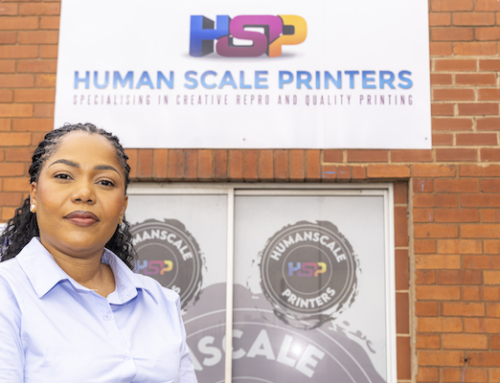Daniel Brunton, Publisher of International Paper Board Industry magazine, and writing for drupa, said that for the corrugated packaging sector, the pandemic years of 2020 and 2021 ended up being somewhat of a record-breaker.
Like all industries, the sector had to seriously take a look at itself in the mirror in the opening weeks of the pandemic in March 2020, but within a matter of months and clearly identified as a ‘critical supply’ sector, the industry helped retailers convert to online business models and the boom in e-commerce is a well-documented outcome. To say that the packaging industry has been on a rollercoaster ride for the last few years would be an understatement.
Since then, the sector faced the see-saw effect of supply chain pressures, with OEMs finding it difficult to get all the components needed to be able to complete the build of their hi-tech equipment – lead times went from 8 months in many cases to 18 months almost overnight – this played havoc with balance sheets, with some OEMs simply rolling over and declaring bankruptcy. For converters, the pressure of long lead times for paper or board meant delivery times went from five days to five weeks in some instances. Fast forward to 2022 and things started to get back to some sort of normality, but then started the conflict in Ukraine, and supply chains were then squeezed once more, with the outcome of rapidly escalating energy costs. Could the corrugated industry pivot once again?
Evolving Landscape
Today, the biggest challenges for corrugated packaging converters are:
Sustainability: environmental concerns and increasing consumer demand for sustainable packaging solutions have posed a significant challenge for the corrugated sector. The industry has been striving to reduce waste, increase recyclability, and develop eco-friendly alternatives to other packaging materials.
Raw material costs: fluctuations in the cost of raw materials, particularly paper, can impact the profitability of corrugated converters. These companies often face challenges in managing and mitigating the effects of price volatility. The recent downward movement on price has been dramatic, but seems to have bottomed out as of June 2023.
Supply chain: disruptions in the global supply chain, such as natural disasters, trade disputes and transportation issues affect the timely delivery of raw materials and finished products. Converters must develop robust supply chain strategies to minimise the impact of such disruptions.
Technological advancements: keeping pace with technological advancements and adopting innovative manufacturing processes can be a challenge for corrugated converters. Investments in automation, digitalisation, and advanced machinery may be required to remain competitive and meet evolving customer demands.
Customisation and personalisation: increasingly, customers expect customised packaging solutions to meet their specific requirements. Corrugated converters must find ways to efficiently handle smaller production runs and accommodate customisation requests while maintaining cost-effectiveness and production efficiency.
E-commerce: the rise of e-commerce has created some interesting challenges for packaging converters. The industry must adapt to the demands of online retailers, such as providing packaging solutions that offer product protection, cost-effectiveness, easy handling and efficient use of space during transportation.
Regulatory compliance: evolving regulations related to product safety, labelling, waste management and environmental standards can pose challenges for the corrugated industry. Staying updated with regulatory changes and ensuring adherence to quality and safety standards is essential.
The other thing the sector faced during the pandemic was the lack of chances to meet and share ideas. Well, that is in the rear-view mirror now and the plethora of shows and conferences bears testament to the need for our industries to meet. Drupa gives us the chance to meet once more and to share experiences.
DRUPA
https://www.drupa.com/





